
What are piston rings and different types of piston rings?
Piston rings are an integral part of a piston engine and serve several important functions. They help to seal the ...
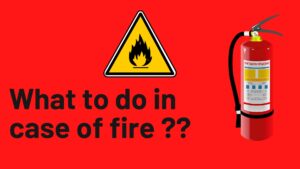
How to release CO2 in case of fire on the ship?
Inert gas or CO2 is a non-reactive gas under particular conditions used on gas carriers and in terminals to prevent ...

What is a Tubelight and how it works ?
Since childhood, you have seen tubelight or fluorescent lamps everywhere around you but have you ever wondered how tubelight works? ...
Brushless Alternator Routine Maintenance
Brushless Alternator routine maintenance are carried out by electrical officer on board weekly .Brushless alternators are required to be maintained ...

Lubrication of Marine Slow Speed Crosshead Engines
This involves three distinctive areas Crankcase lubrication – SAE 40 (Low BN) Cylinder lubrication – SAE 50 (High BN) Lubrication ...
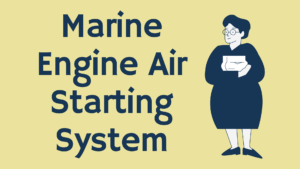
Engine Air Starting System and its Safeties and Methods
How Air Starting System Works Assume Engine stops and air from receiver opens. Air passes to an automatic valve which ...
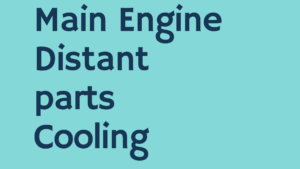
How Marine Engine distant parts Cooling is done
The cooling of marine diesel engine covers for distant areas are - Jacket and cylinder head cooling Piston cooling Charge ...

What is Uptake fire: Reason and its different Types
Uptakes are passages through the engine room funnel which allows exhaust gases from - Main engine Boiler Auxiliary engine Incinerator ...
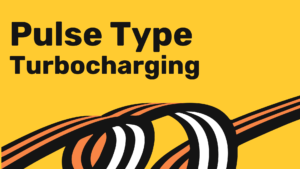
Pulse-type Turbocharging system and its Advantages and Disadvantages
In Pulse-type Turbocharging system, it makes full use of the high pressure and temperature of the exhaust gas during the ...
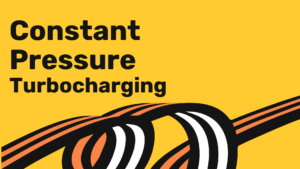
What is Turbocharging of Engine and its different types
Turbocharging is a concept in which the engine uses its own exhaust gas to generate compressed scavenge air for the ...